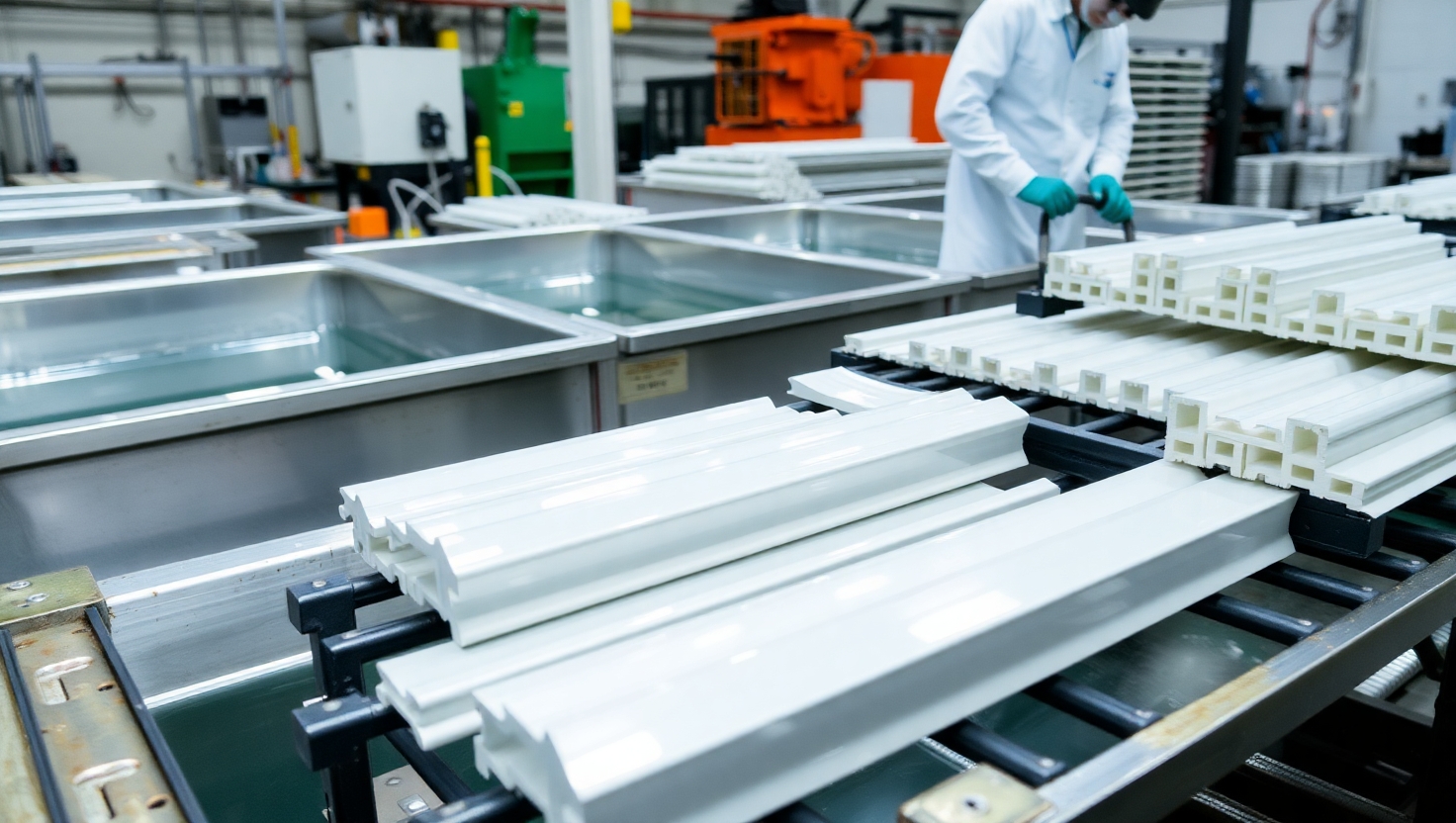The Critical Role of Anodizing in Aluminium Extrusion Quality & Performance
Published by: ALUTimes | Date: July 18, 2025
Table of Contents
- Overview of Anodizing
- The Anodizing Process Explained
- Benefits of Anodizing for Aluminium Extrusions
- Performance Improvements from Anodizing
- Industrial Applications of Anodized Extrusions
- Quality Control in Anodizing
- Sustainability and Environmental Aspects
- Conclusion
- Disclaimer
Overview of Anodizing
Anodizing is an electrochemical process that converts the surface of aluminium into a durable, corrosion-resistant, and decorative oxide layer. It is widely used in the aluminium extrusion industry to enhance both the aesthetic and functional properties of profiles.
The Anodizing Process Explained
The anodizing process typically involves several steps:
- Cleaning: The aluminium profiles are cleaned to remove oils, dirt, and oxidation.
- Etching: A matte or satin finish is achieved by chemically etching the surface.
- Desmutting: Removal of residues left from etching.
- Anodizing: The profile is immersed in an acid electrolyte bath and an electric current is applied to form an oxide layer.
- Coloring (Optional): Dyes or metal salts can be added for coloration.
- Sealing: The pores of the anodized layer are sealed to enhance corrosion resistance.
Benefits of Anodizing for Aluminium Extrusions
- Corrosion Resistance: Protects the surface from environmental factors and moisture.
- Aesthetic Appeal: Uniform finish with a variety of color options.
- Increased Hardness: Makes the surface more scratch and wear-resistant.
- Electrical Insulation: Non-conductive oxide layer useful in electronics.
- Better Adhesion: Paints and adhesives bond better to anodized surfaces.
Performance Improvements from Anodizing
Anodizing enhances several performance parameters in aluminium extrusion profiles:
- UV Stability: The oxide layer resists fading from sunlight exposure.
- Thermal Conductivity: Maintains core aluminium thermal properties.
- Dimensional Stability: Minimal changes during temperature fluctuations.
- Surface Strength: Hard anodized coatings can reach 60-70 Rockwell C hardness.
Industrial Applications of Anodized Extrusions
Anodized aluminium profiles are used in a wide range of industries:
- Architecture: Window frames, curtain walls, and cladding systems.
- Transportation: Lightweight, corrosion-resistant parts in automobiles, EVs, and aircraft.
- Consumer Electronics: Laptops, phones, and gadgets.
- Industrial Equipment: Conveyor systems and machine enclosures.
Quality Control in Anodizing
Ensuring consistent quality involves:
- Thickness Testing: Using eddy-current or destructive test methods.
- Color Matching: Spectrophotometers ensure consistency across batches.
- Sealing Checks: Acid dissolution tests confirm proper sealing.
Sustainability and Environmental Aspects
Modern anodizing facilities follow sustainable practices:
- Use of closed-loop water systems to reduce wastewater.
- Recycling aluminium scrap from trimming operations.
- Low-VOC or VOC-free dyes in coloring processes.
- Energy-efficient rectifiers in electrochemical cells.
Conclusion
Anodizing plays a vital role in enhancing the quality and performance of aluminium extrusions. From superior corrosion resistance to aesthetic versatility, it is a cornerstone process that meets the evolving needs of industries worldwide.
Disclaimer
This article is for educational purposes. ALUTimes does not provide technical guarantees. For operational decisions, consult industry specialists and certified engineers.

